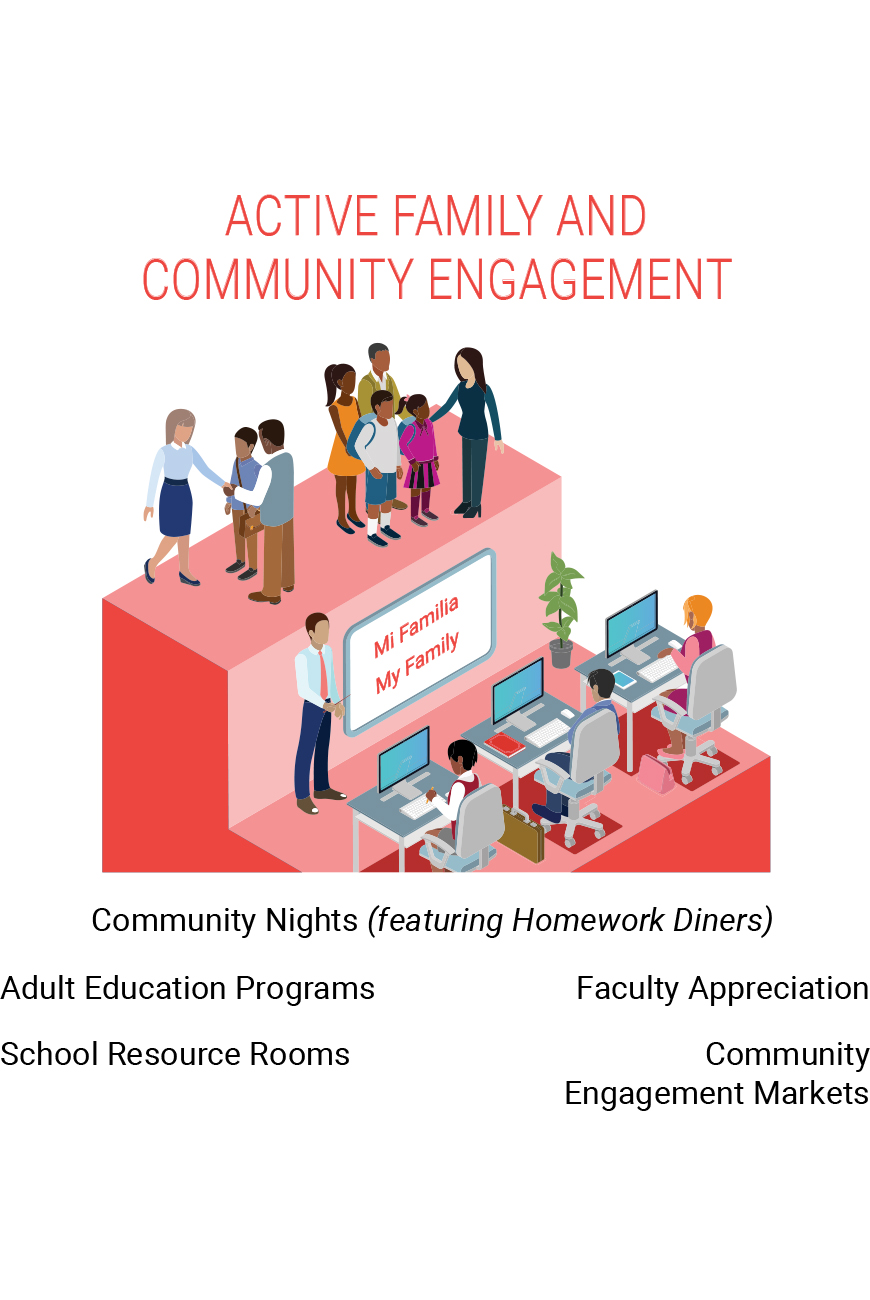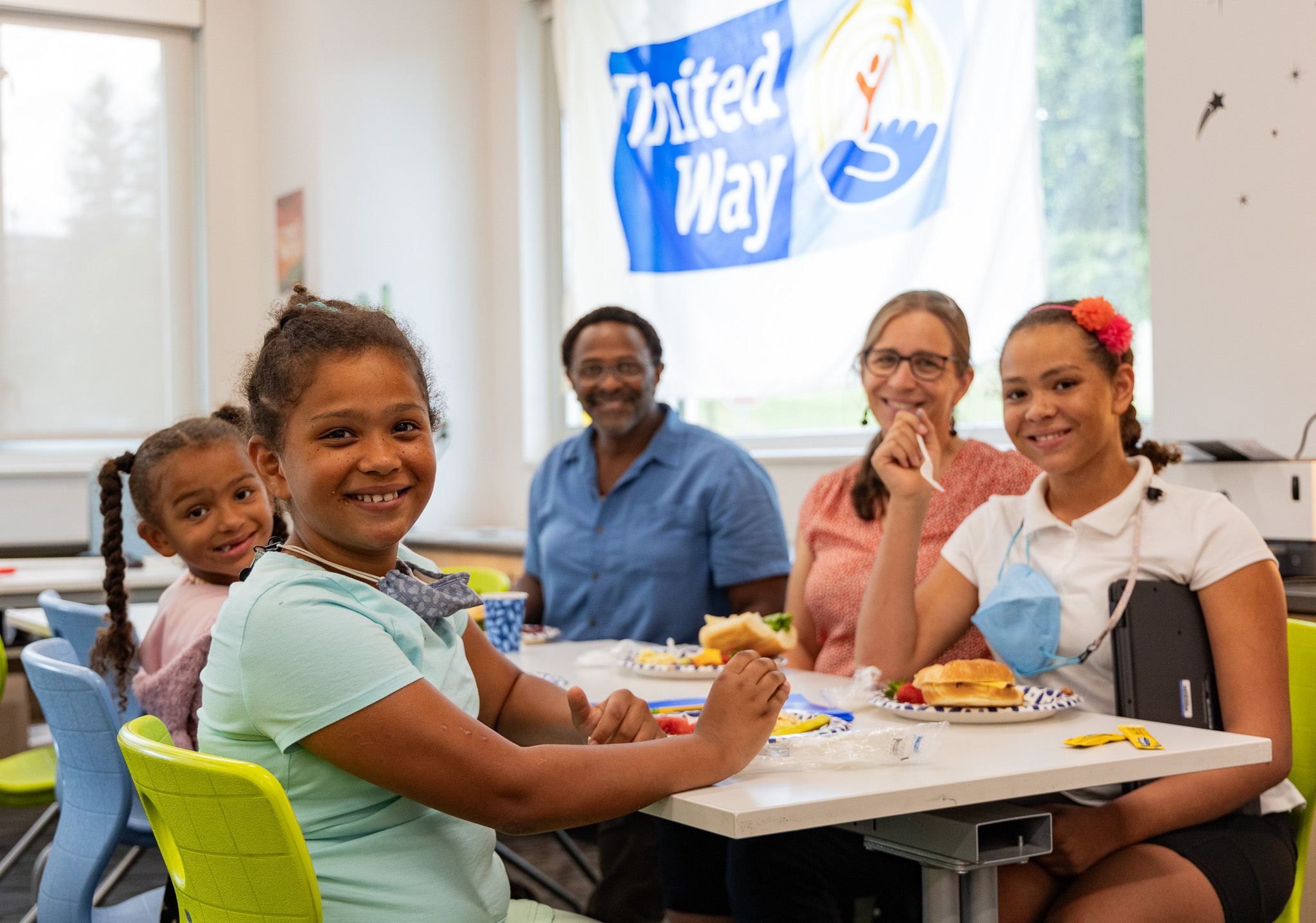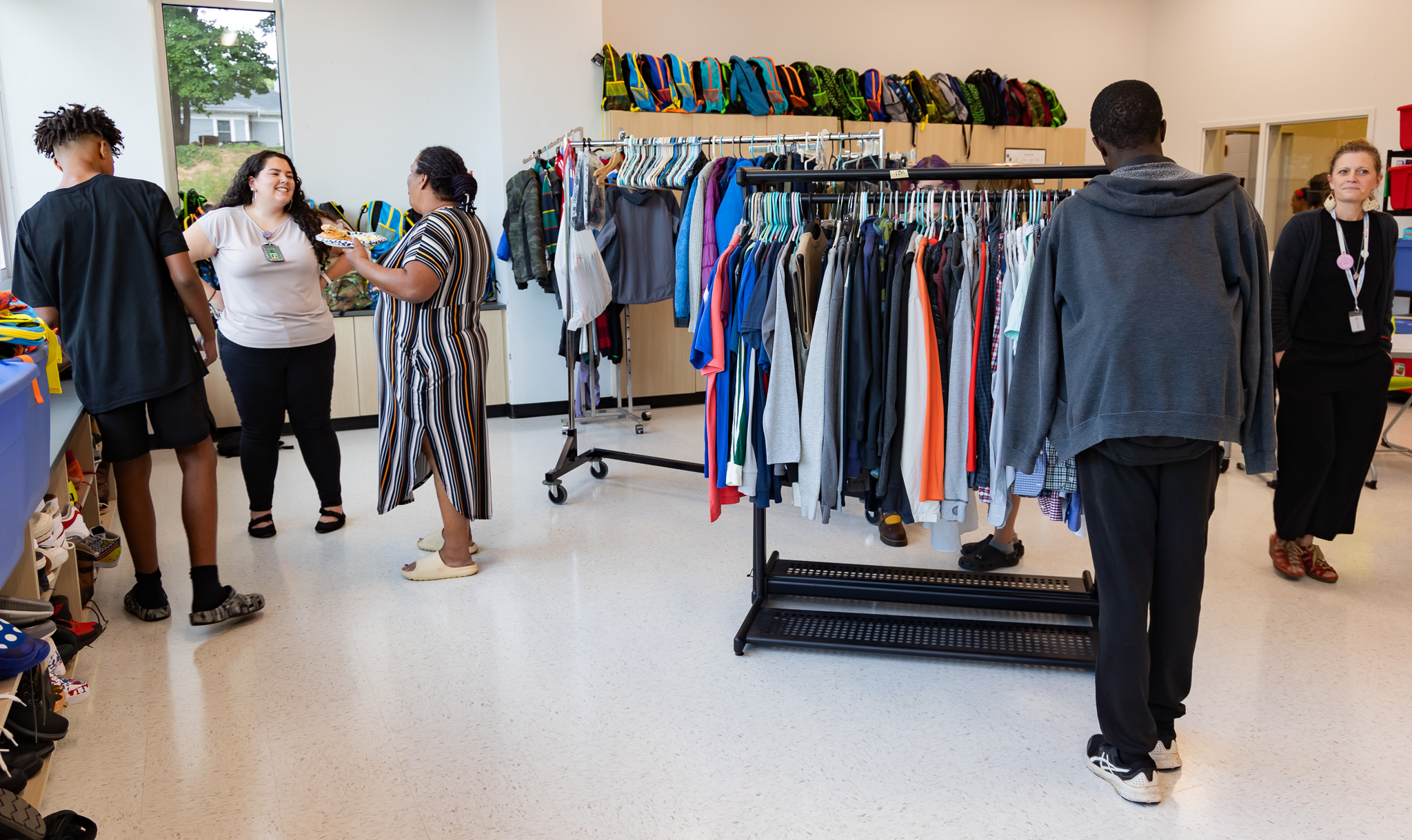Let's talk about a remarkable initiative making waves in Asheville and Buncombe County: Community Schools. You may be thinking, “I know you all are working in Community Schools!” But what happens behind the walls of each community school is well worth sharing, and so are the values that drive the action and impact of our community School Coordinators, Community Partners, and school and administrative staff. These schools are more than just places of learning; they're hubs of opportunity that embrace the idea that "All of our kids are all of our kids." Today, we're going to take a deep dive into one of four crucial pillars that Community Schools are built upon – Active Family and Community Engagement. Trust me; it's one of the vital pillars that holds it all together.
Strategies for Success: Engaging Families and Communities
So, how does Active Family and Community Engagement really work in the seven Community Schools in Buncombe County? Let's take a look at some impact strategies:
- Building Personal Relationships: Home visits, community walks, and class meetings help establish personal connections, mutual understanding, and trust with families.
- Sharing Data: UWABC works closely and securely with city and county schools, out-of-school providers, and volunteers using the Learning Circle data dashboard. This data dashboard allows us to work together to identify supports that are positively affecting students' learning, behavior, and attendance.
- Modeling Effective Teaching Practices: Families are empowered to support their children's learning by learning effective teaching practices they can use at home. In some schools, students also have access to mentors during school groups and after school groups.
- Listening and Adapting: Community Schools listen to families about their children's interests and challenges, tailoring instruction accordingly.
- Cultural Inclusivity: Lessons incorporate content from families' home cultures, promoting inclusivity and diversity.
- Aligned Goals: Engagement activities align with school improvement goals and goals of the families and community, creating a unified approach to education and community development.
You may be wondering, “How do these strategies actually show up in our schools?” While every single Community School differs, some have highly engaged PTO’s and volunteers, while others thrive in bringing in community partners and businesses to in-school and after-school programs. However, there are a few consistent ways in which UWABC has helped this pillar show up at every Community School.
Community Nights: A Showcase of Engagement
Now, let's put the spotlight on Community Nights. These nights are living proof of community partners working together with UWABC and schools to provide nourishing meals, volunteers, and connections between families and the school community. Some schools, like Asheville Middle School and A.C Reynolds Middle School, work to couple Community Nights with larger school events of host-themed nights. Often, you can find a heavy emphasis on having local organizations and resources tabling, like at Enka Middle, Erwin Middle, and Owen Middle School. At Asheville High School/SILSA Community Nights is currently coordinating with the sports teams to foster more positive learning habits and a sense of school spirit. These are just a few examples from our seven Community Schools, and with each new community and changing communities, the methods of family and community engagement will too. The Community School Coordinator at each school will adjust and make connections as change occurs- always thinking of how to support students within the four pillars of a Community School.
Resource Room and Community Engagement Markets: Empowering Families and Communities
The Resource Room and Community Engagement Markets in our Community Schools are shining examples of how Active Family and Community Engagement transforms lives. These spaces serve as vital connections between families and the school community. The Resource Room relies on community support, providing families and students access to essential resources through our dedicated Community School Coordinators. On the other hand, our Community Engagement Markets, in partnership with Manna Food Bank, open the doors of select Community School campuses to all community members, bridging connections and interactions. They serve as entry points for many to see the school as a valuable resource beyond academics. These initiatives underscore the importance of community involvement, where everyone plays a role in nurturing brighter futures.
In a nutshell, Active Family and Community Engagement isn't just a catchy phrase. It's the belief that when families and communities are actively engaged in education, students thrive, and communities flourish. It's the understanding that education doesn't happen in isolation; it's a collective effort. By putting Active Family and Community Engagement as one of the four essentials of Community Schools, we're not only preparing students academically but also empowering entire communities to break free from poverty, injustice, and inequity. It's a powerful testament to the idea that when we all come together, we can build a brighter future for all our kids. After all, in Community Schools, we truly understand that "All of our kids are all of our kids."
Connect and Learn More
Learn how you can get involved with our Community Schools HERE
Support this work



